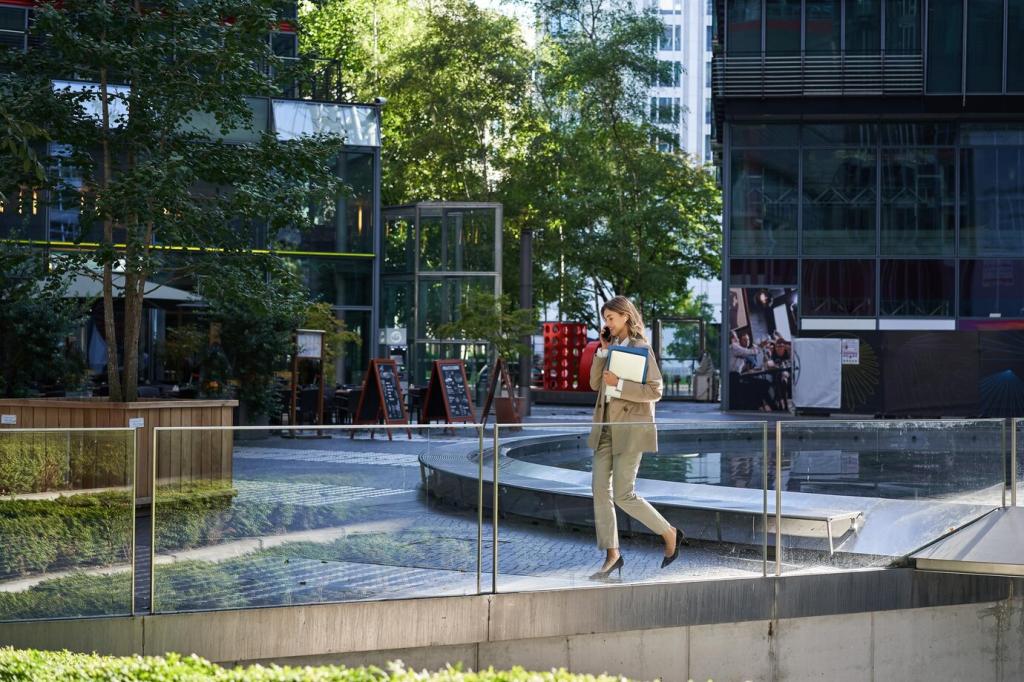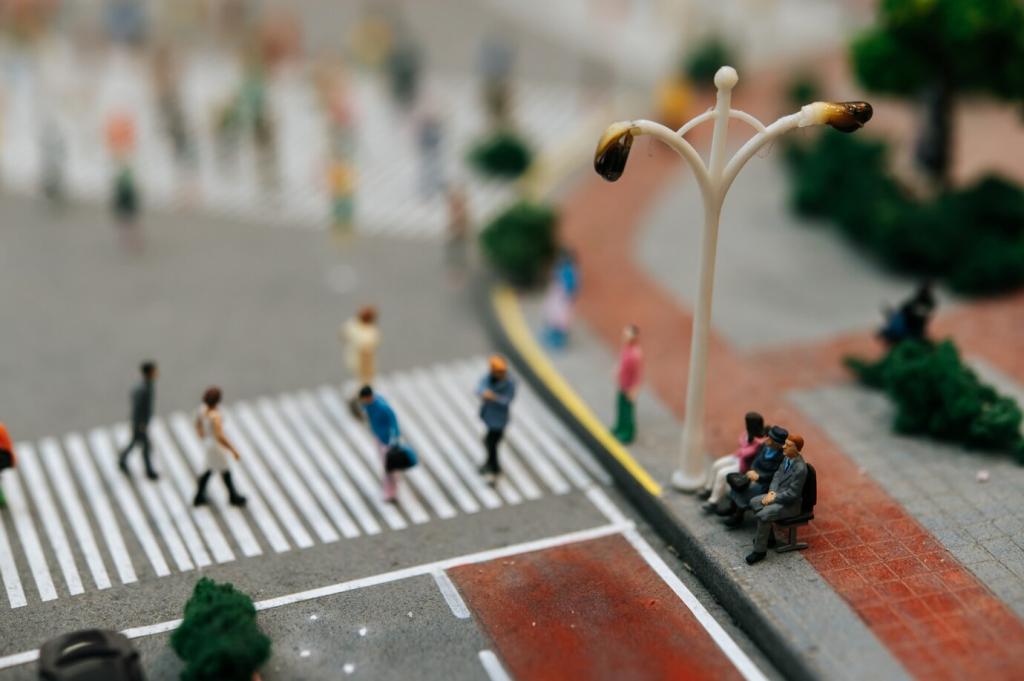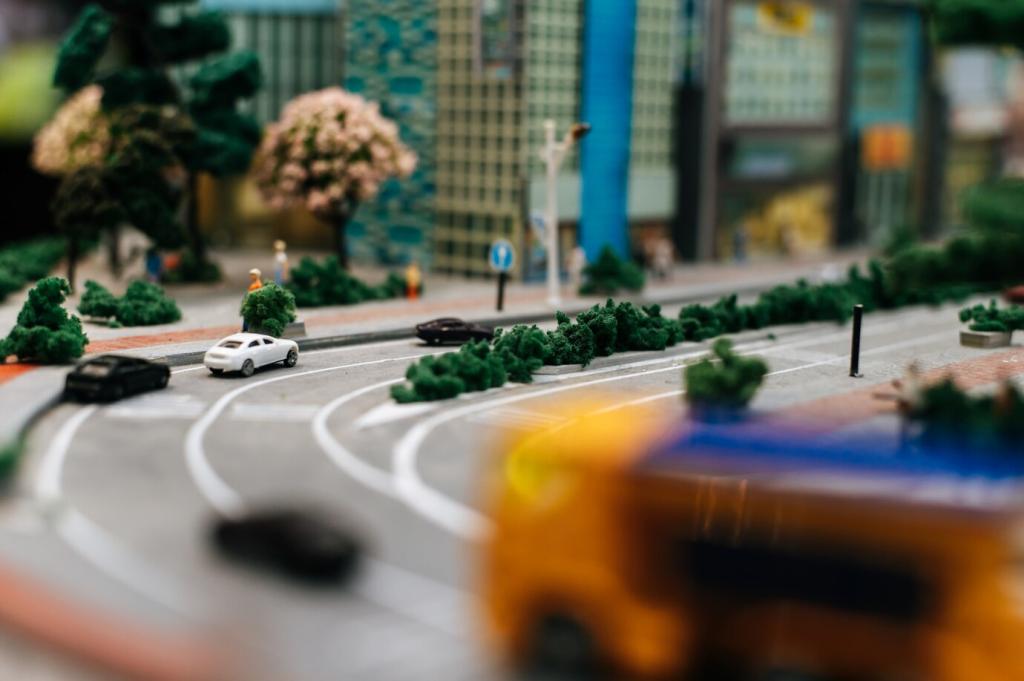Proof and Progress: Measuring Impact and Iterating
Start with before photos, canopy estimates, soil infiltration, and surface temperatures on hot days. Recheck seasonally to see what truly cools and absorbs. Keep data light but consistent. Subscribe to receive a printable worksheet and share your first measurement set so others can learn from your conditions.
Proof and Progress: Measuring Impact and Iterating
Invite neighbors to log pollinator visits, bird species, and bloom times. Pair numbers with narratives—like the child who named a returning swallowtail. Stories move hearts, metrics move policies. Email us your favorite transformation tale, and we may feature it to encourage more sustainable urban landscaping techniques.










